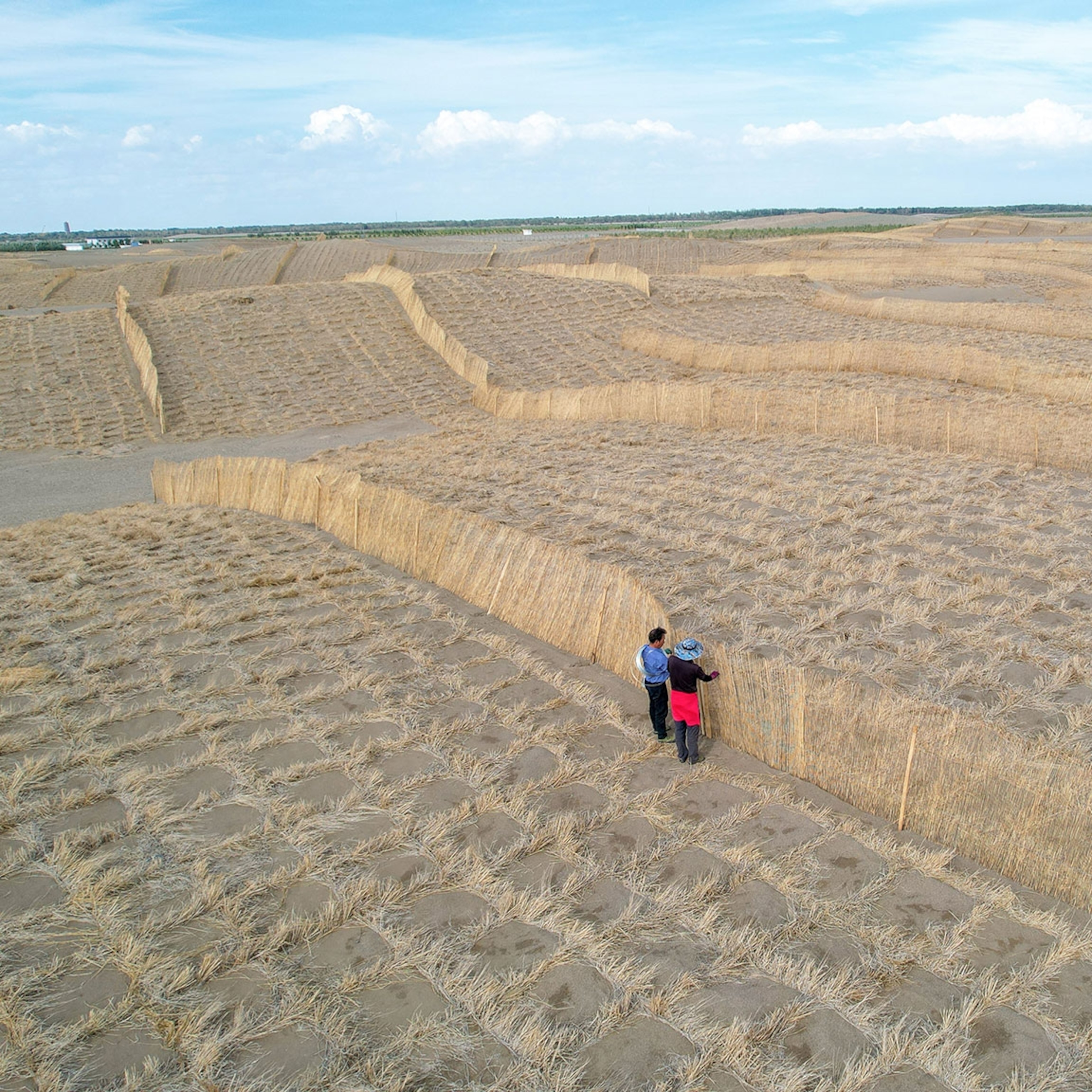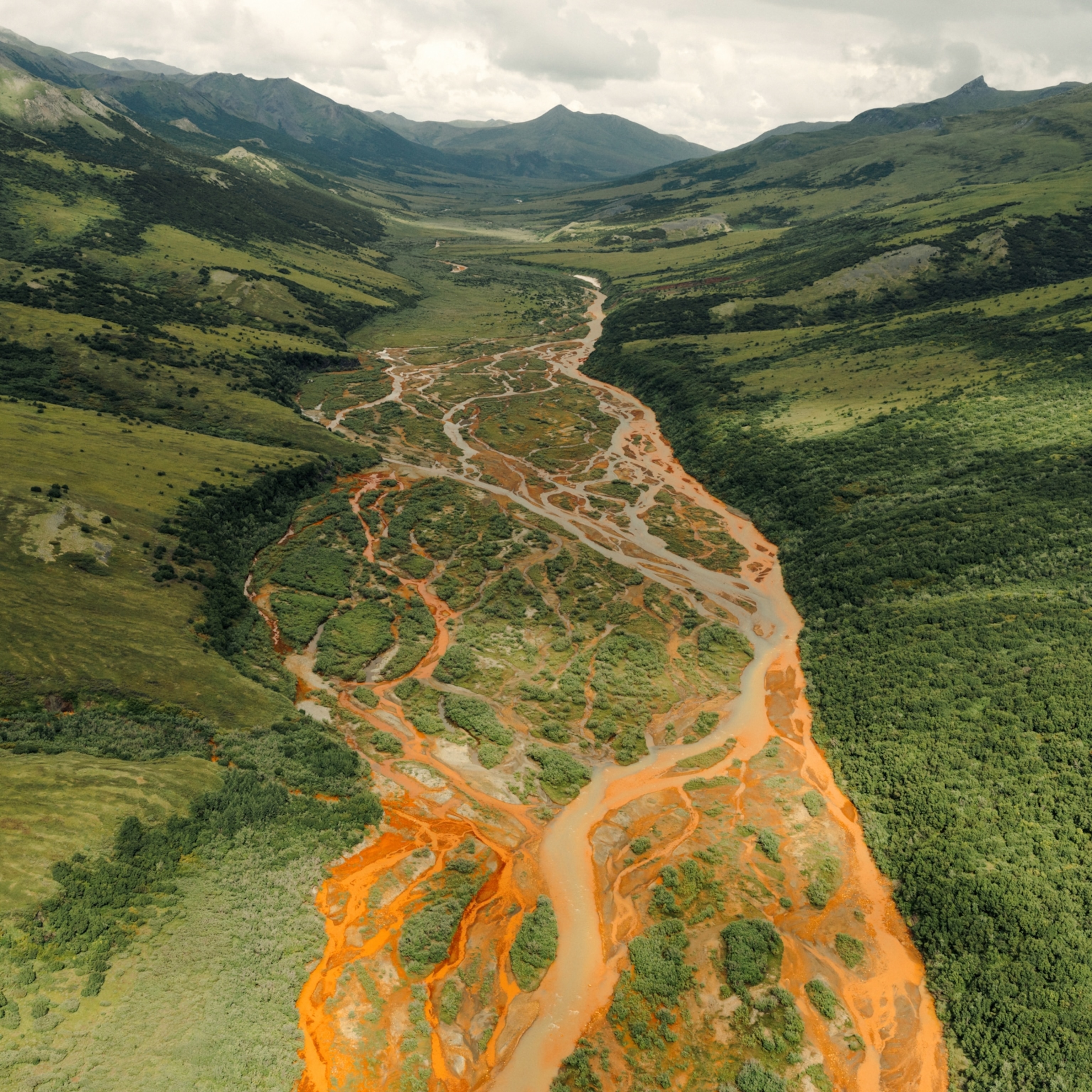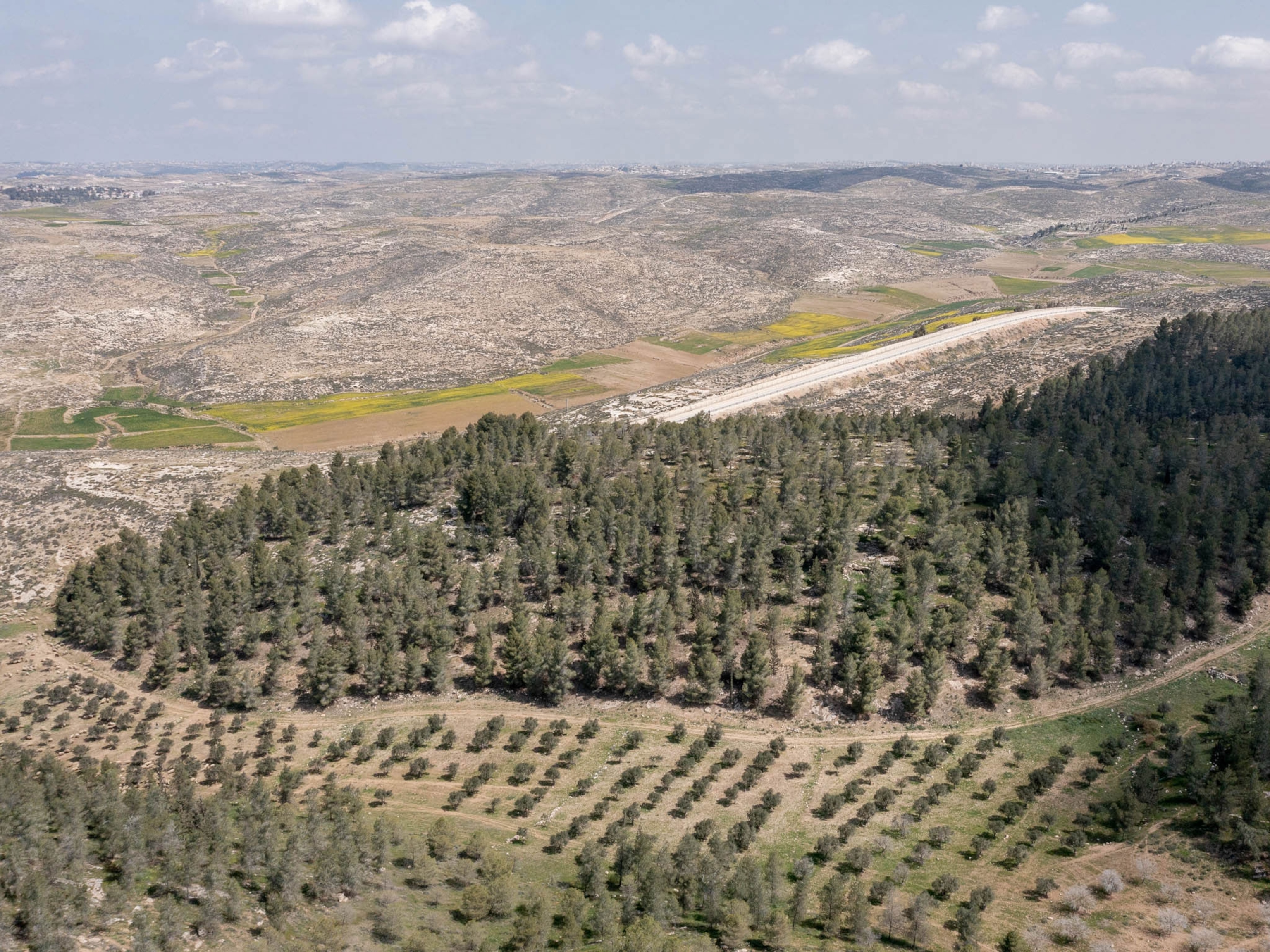
Life on the Amargosa—a desert river faced with drought
Where the underground Amargosa bubbles to the surface, unique flora and fauna thrive. But now, hotter weather and depleted groundwater in Nevada and California threaten this rare ecosystem.
Shoshone, California — Rivers are often seen as nature’s lifeline. That is certainly true here, in one of the hottest places on Earth, where life prevails because of a waterway that, for the most part, can’t be seen.
The river is the Amargosa, and for much of its 180-mile course, from the desert highlands of southern Nevada through California’s Mojave Desert and into Death Valley, it runs below ground, underneath a barren moonscape of crag and crust. But in the stretches and springs where the river surfaces, an explosion of life occurs; some of the plants, birds, and fishes found here exist nowhere else in the world. But for all its richness, life in the Amargosa River Basin is intensely fragile, and appears to be growing increasingly so.
With warming temperatures and the western United States long mired in what has been dubbed a “megadrought,” worries about the fate of desert rivers in the region are growing. In the Amargosa River Basin, conservationists now speak of an existential battle to save one of the greatest biodiversity hotspots in the U.S.
Around the world, dramatic losses are unfolding in rivers, lakes, and wetlands, with freshwater ecosystems declining faster than those on land or in the oceans. Research suggests that rivers running through deserts and other arid environments, like the Amargosa does, are most at risk, as they are particularly prone to threats such as groundwater extraction and climate change.
“These are desert ecosystems that already exist on the edge, filled with species that have adapted to unique living conditions over a long time,” says John Zablocki, the director of energy, infrastructure, and land use for the Nature Conservancy. “They can’t withstand much more pressure before being pushed over the brink.”
Record heat
It’s early April, and the sun has barely risen above the red-hued mountains around Shoshone, California (pop. 13), when Len Warren begins his daily bird monitoring work. Inside a thicket of willows and mesquite trees, which flourish along the springs that pop out of the Amargosa River near the town, a cacophony of chirps and songs fill the heating air as a cast of birds with mating and nesting on their minds dart back and forth. “It’s a real soap opera out here,” says Warren, the Amargosa River project manager for the Nature Conservancy, who has monitored bird populations here for 13 years.
More than 250 types of birds can be found in the species-rich Amargosa region, and on this morning Warren and his colleague Bridgett Brunea quickly spot some of them: migrants like the black-tailed gnatcatcher, as well as permanent residents like the Lucy’s warbler. There is no sign, however, of the least Bell’s vireo, a federally endangered songbird that each year arrives from Mexico to nest in the oases along the Amargosa. “It should have been here a few weeks ago,” says Warren.
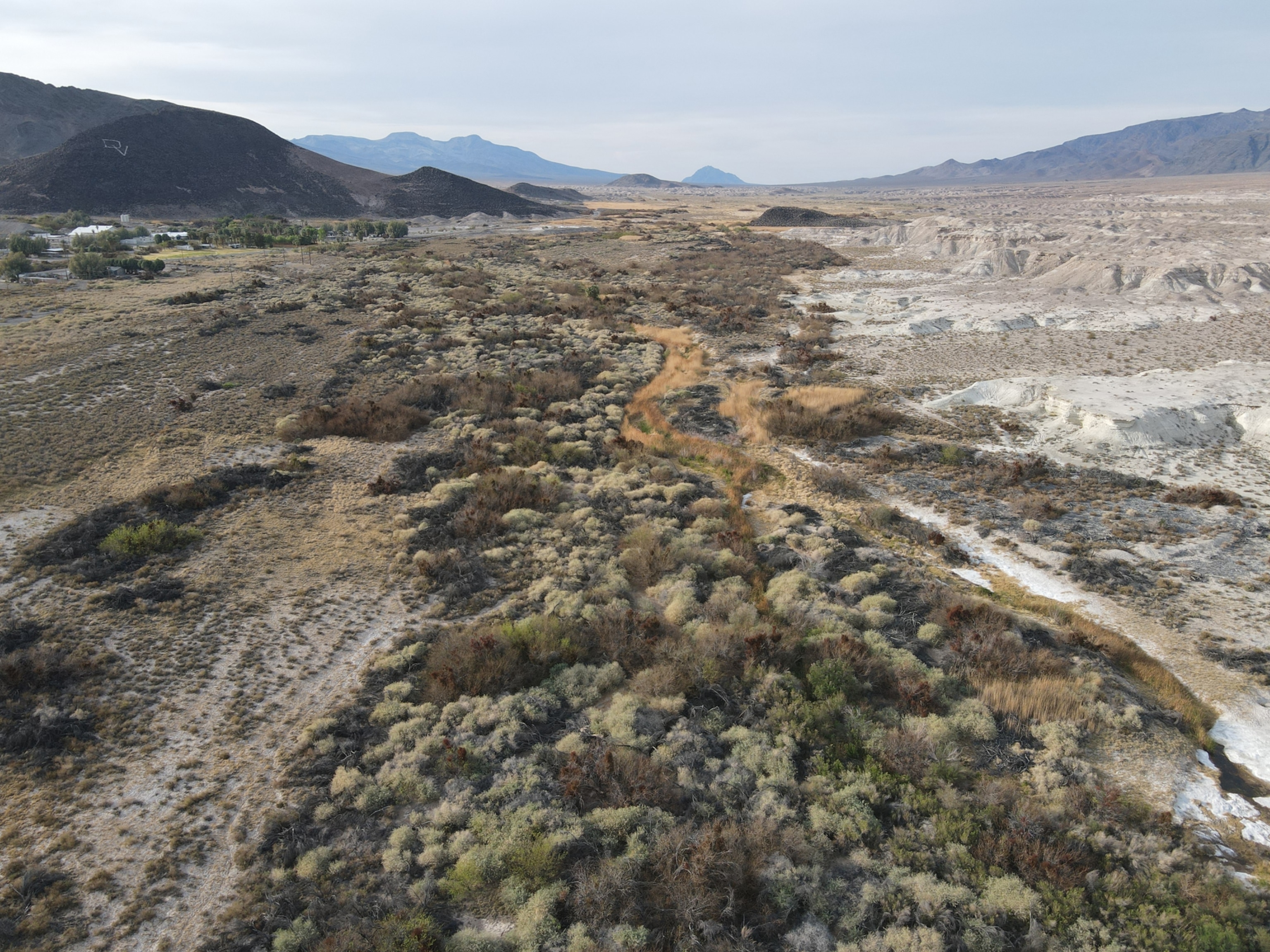
The reasons for the least Bell’s vireo’s late arrival could be simple. Strong winds may have delayed departure for the birds, which grow only four inches long, or they could have had a bad food winter and needed to fatten up for the journey. But there could also be something bigger afoot, like the warming climate.
The Mojave Desert, which includes the Amargosa Basin, is already the hottest place in North America. Temperatures in Death Valley, where the river terminates, regularly top 125 degrees Fahrenheit. Like many deserts, the Mojave is getting hotter and drier, warming by 3.6°F over the last century and experiencing rainfall declines of 20 percent in some areas.
Warmer air temperatures are evaporating rivers. Since the megadrought began around 2000, the largest river in the Southwest, the Colorado, has averaged flows about one-fifth below the average of the previous century, with up to one-half of that due to unprecedented temperatures.
The climbing temperatures spell particular trouble for birds, which can’t effectively cool their bodies in extreme heat. A 2019 PNAS study showed that the Mojave Desert has lost more than 40 percent of its bird species over the last hundred years; researchers point to loss of surface water caused in part by climate change.
Along the Amargosa, the least Bell’s vireos finally show up a few days later, but they are far fewer in number than previous years.
Frisky pups
The water that brings life to the Amargosa comes from groundwater far away, in areas such as the Spring Mountains near Las Vegas and beyond. From there, it travels through the fractures of a massive regional aquifer of limestone and dolomite rock, occasionally surfacing in places along the river’s course.
The aquifer has been intensely studied because of its proximity to Nevada’s nuclear test site and Yucca Mountain, a proposed site for a nuclear waste repository. “In contrast to many large aquifers, we actually know a lot about it,” says Wayne Belcher, a hydrologist with the United States Geological Survey, whose analysis of the lower part of the underground system was used in the case to turn a 26-mile stretch of the Amargosa into a Wild and Scenic River in 2009. The designation was created by Congress in 1968 to preserve certain rivers in their free-flowing condition.
Above ground, the current landscape looks nothing like it did more than 10,000 years ago, when present-day Nevada was full of lakes and interconnected rivers. As temperatures climbed and the waters receded, animals and plants became stranded in isolated locations, where they evolved into distinct species. Among those in the Amargosa Basin are at least 10 species of inch-long pupfish, tiny iridescent blue fish so named because they seem to play with one another like frisky puppies.
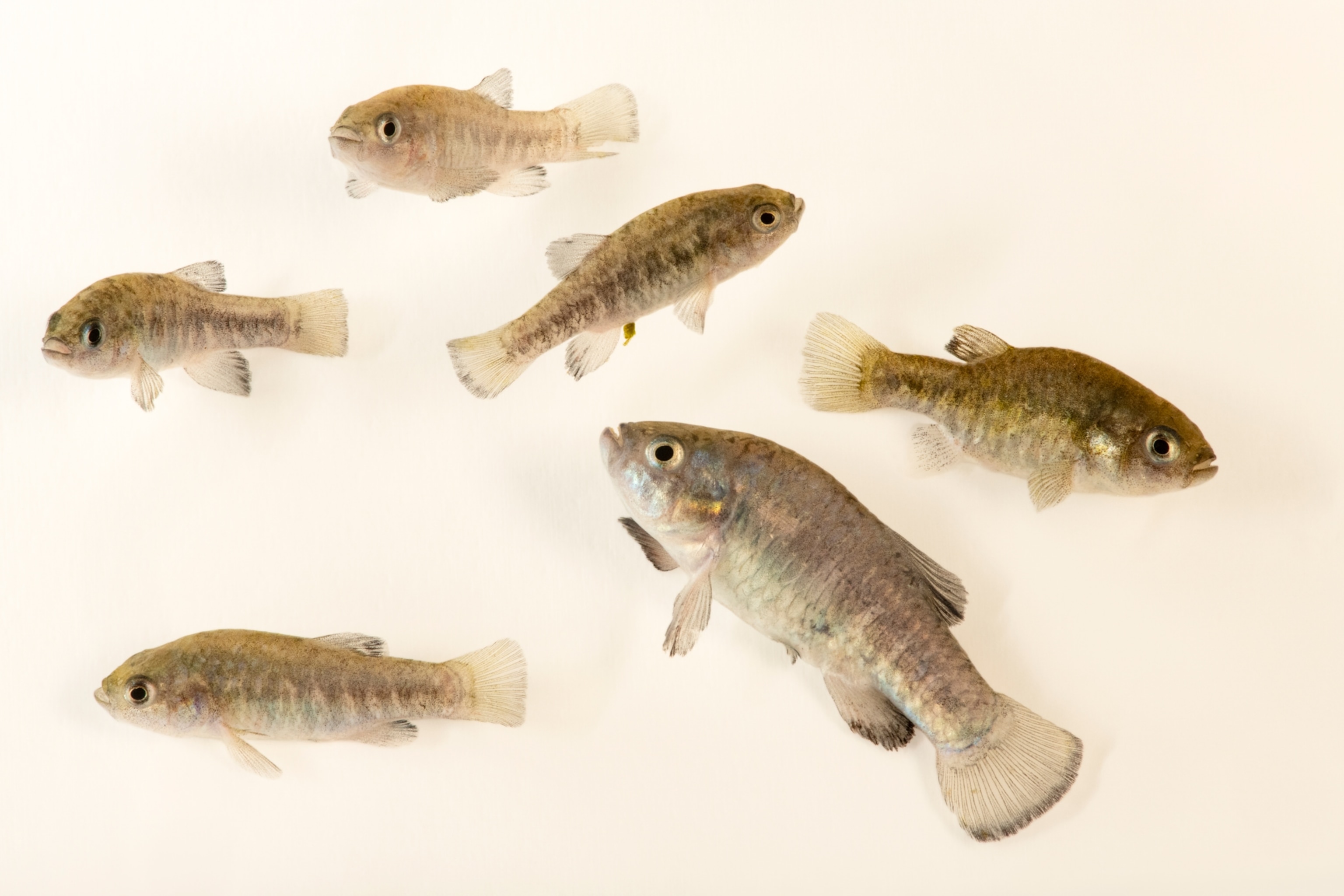
Ash Meadows, a national wildlife refuge in the Amargosa basin, is believed to have the greatest concentration of endemic species (those found in one place and nowhere else) anywhere in the United States. This is where the world’s rarest fish species exists: the Devils Hole pupfish, the smallest of all pupfishes. Confined to a rock shelf no bigger than a large rug inside a water-filled cave, it is thought to have the tiniest habitat of any endangered vertebrate species in the world.
In 2013, divers tallied just 35 individual Devils Hole pupfish. The population has since rebounded to several hundred, but it remains highly vulnerable to any change, including warming temperatures, with the fish living in mere inches of oxygen-low water that must stay 93°F year-round for them to survive. “Climate change and anticipated falling water levels [could] put the Devils Hole pupfish into a critical ecological crisis,” says Mark Hausner, a hydrologist with the Desert Research Institute in Reno.
The U.S. Supreme Court several decades ago established minimum water levels in Devils Hole, essentially banning local water mining. But groundwater extraction has continued unabated elsewhere, with rapid residential development in the city of Pahrump, Nevada, about 30 miles from Devils Hole, fueling pumping, as are agricultural operations. That has led to declining groundwater water levels and reduced natural discharge at springs and seeps.
Some observers warn that Nevada’s so-called perennial yield, the maximum amount of groundwater that can be extracted without depleting reservoirs, is far higher than is sustainable. “If we follow the current standard, species will go extinct,” says Zablocki. “We need to be clear on this.”
Tree planting
Globally, climate change is expected to cause major shifts in the distribution of both flora and fauna. But some of the species that live in highly specialized environments such as those in the Amargosa may not be able to move to more favorable climatic conditions, and must adapt or die in their restricted habitats.
Already living on the extreme edge, they are also vulnerable to sudden disruptions, as illustrated in the case of the Tecopa pupfish, which was completely wiped out as a species when a local hot springs facility drained its one and only habitat. “These species can go extinct in the blink of an eye,” says Patrick Donnelly, the Nevada state director for the Center for Biological Diversity.
Warming temperatures also increase the risk of wildfires. A few weeks after the least Bell’s vireos showed up in Amargosa, a wildfire broke out in one of the bird’s two local habitats, near a date farm called China Ranch. After initially burning through seven acres of honey mesquite trees, the fire, which was caused by fireworks, was thought to have been contained. In reality, it continued to smolder underground, and a few days later it flared up again, this time scorching another 25 acres and wiping out up to 80 percent of the nesting sites for the songbird.
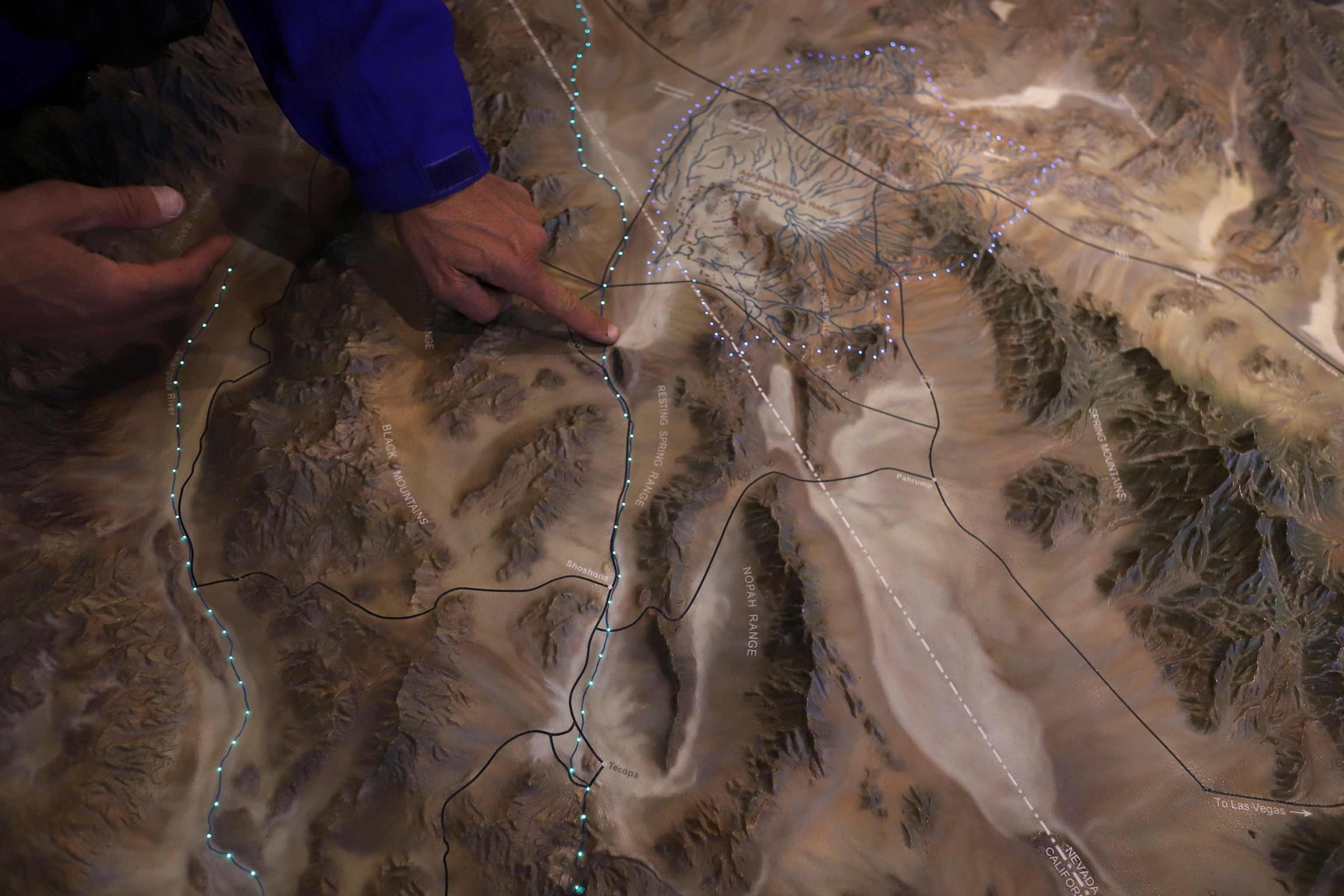
At the same time, conservation efforts in the Amargosa have ramped up in recent years. In 2019, another 3.4 additional miles of river were added to the Wild and Scenic River designation. The Nature Conservancy has bought large tracts of land to be set aside for conservation management and restoration, including a 900-acre ranch at the Amargosa headwaters that could be used as an outdoor laboratory for conservation work. “This is the perfect place to study the impacts of climate change,” says Warren.
Last year, petitions were submitted to the U.S. Fish and Wildlife Service to protect three populations of speckled dace, a member of the minnow fish family, in the Death Valley region, under the Endangered Species Act.
There are also nascent plans to turn the Amargosa River Basin into a national monument, a designation that would offer it more comprehensive protection. “The time is now to save the Amargosa’s future through a land status change,” says Susan Sorrells, who owns the town of Shoshone and is a driving force behind the campaign.
Sorrells was instrumental in reviving the population of Shoshone pupfish, a species thought to have gone extinct in the 1960s before 80 or so fish were discovered living in a concrete ditch. The fish were placed in a series of restored groundwater pools on a few acres at the end of the town, and there are now thousands of fish.
Some people, like Zablocki, say the desert inhabitants should not be counted out. “Everything living in the Amargosa is accustomed to life on the edge, and the abyss of extinction never seems far off,” he says. “But borne out of that is also an incredible resilience. You don’t find any proverbial quitters along the Amargosa. All they need is to be given the chance to survive.”

